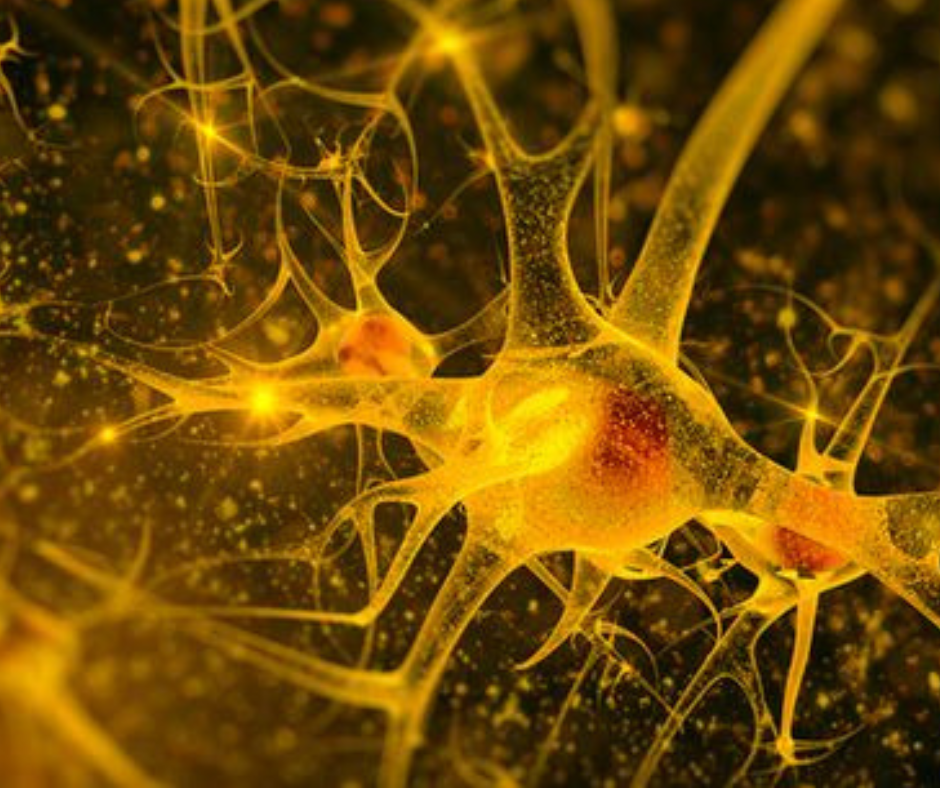Motor Neuron Disease in India
Changes In MND Patient -Before & After Videos

The conventional treatment included medications like Riluzole, Edaravone, an antioxidant, muscle relaxants and Botulinum toxin to treat muscle stiffness.
The stem cell therapy for motor neuron disease in India has been the best alternative to conventional medicine.
Cellular transplantation has emerged as the best treatment for motor neuron disease. Several studies in India have demonstrated the potential benefits of this approach for improving motor function, as evidenced by preclinical studies involving animals. Ongoing research is focused on optimizing safety measures and transplantation options, with autologous bone marrow-derived cells showing promise for safety. Allogeneic cell transplantation is also being studied. Intensive research is being conducted to evaluate various cell types, administration routes, and protocols. Transplantation procedures using mononuclear cells from peripheral blood are currently being performed via intracerebral, intra-spinal, and intrathecal routes.

What is Motor Neurone Disease?
Motor neuron diseases, also known as MNDs, are a collection of neurological conditions that are characterized by the gradual destruction of motor neurons, which are responsible for regulating skeletal muscle activity such as speaking, swallowing, breathing, and walking.
Normally, nerve cells in the brain, referred to as upper motor neurons, send messages or signals to nerve cells in the spinal cord and brainstem, which are known as lower motor neurons. These lower motor neurons then transmit these signals to muscles throughout the body, directing them to move. However, when the lower motor neurons are unable to send signals to the muscles, they begin to weaken and shrink, leading to muscle atrophy or wasting. In addition to this, the muscles may also start to twitch spontaneously, which can be felt or observed as fasciculations beneath the skin’s surface.
Types of Motor Neuron Diseases:
This group encompasses several diseases, including amyotrophic lateral sclerosis, primary lateral sclerosis, progressive muscular atrophy, progressive bulbar palsy, spinal muscular atrophy, Kennedy’s disease, and post-polio syndrome.
It may also be classified according to :
- Inherited (genetic linkage)
- Sporadic (No family History)
- Upper motor neuron
- Lower motor neuron
- Both
- Autosomal Dominant
- AUtosomal Recessive
- X-linked inheritance
How is Motor Neuron Disease Diagnosed?
MNDs can be challenging to diagnose as there are often no definitive tests available. Symptoms can vary from person to person and, in the initial stages, may resemble those of other illnesses, which can complicate diagnosis. Nonetheless, gene testing for certain types of MNDs like SMA, Kennedy’s disease, and some familial ALS cases are possible.
After a physical examination, a thorough neurological examination should be conducted, which evaluates various factors such as motor and sensory abilities, nerve function, hearing and speech, vision, coordination and balance, mental state, and alterations in mood or behavior.
The two tests that are typically considered an extension of the neurological examination and are crucial for distinguishing muscle diseases from MNDs are as follows:
1. Electromyography (EMG) is utilized to diagnose lower motor neuron disorders, peripheral nerve disorders, and muscle disorders. It assesses electrical activity during both movement and rest.
2. A nerve conduction study is often performed simultaneously with EMG. This test measures the speed and size of impulses in nerves using small electrodes attached to the skin.
1. Laboratory tests like blood, urine to rule out muscle disease
2. MRI
3. Muscle or Nerve Biopsy to confirm the nerve disease.

MOTOR NEURONE DISEASE TREATMENT:
Earlier in conventional medicine there was no cure to MND but since the research has begun stem cell treatment for motor neuron disease has come out as the prospective treatment option.
Under the guidance of Dr.Anant Bagul Universal Hospital has been dedicated to the improvement of MND patients and he is one of the best doctor for motor neuron disease.
Frequently Asked Questions
It usually begins with muscle cramps, twitching, weakness in the hands and legs, slurred speech, difficulty in breathing.
Symptoms can range from Muscle wasting (weakness) to speech disturbances ,fine motor disturbances, foot drop,neck drop, drooling, dyspnea, difficulty in swallowing and rapid eye movements.
The most extreme symptoms include paralysis.
Combining cell therapy with standard drug treatment and rehabilitation sessions can help slow down and even halt the progression of motor neuron disease. Motor neuron disease treatment in India, when administered promptly, is both safe and effective.-
After being diagnosed with MND, the life expectancy ranges from one to five years, although about 10 percent of individuals with MND may live for a decade or more.
The lifetime risk of developing MND is 1 in 300. Although MND can occur in adults of any age, it is more commonly diagnosed in individuals over the age of 50.

